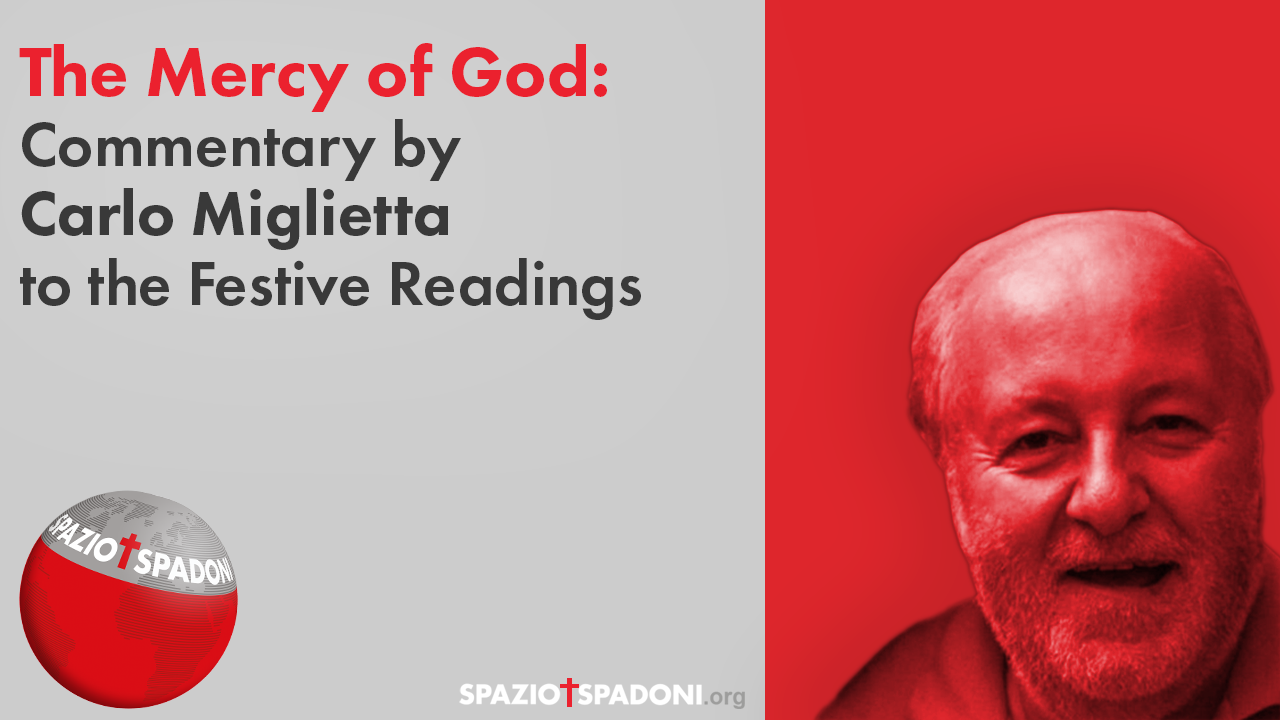
Assumption Of The Blessed Virgin Mary
Readings: Rev. 22:29; 23:1-6,10; 1 Cor. 15:20-27; Lk. 1:39-56
Mary, New Eve And New Israel, Figure Of The Church
The Church celebrates today, in Mary assumed into heaven even with her body, the ultimate fulfillment of God’s plan: the transfiguration of flesh itself, of all matter. Let us make it clear at once: sickness, suffering, death, are not punishments from a terrible God who wants to punish man’s sin. Finitude is part of our being as creatures, it is inscribed in our biology, as the New Catechism also reminds us (Nos. 302 and 304). What then is the meaning of the pronouncement of the Council of Carthage, which, in condemning Pelagius in 417, said, “Whoever affirms that the first man was created mortal so that, whether he sinned or not, he should have separated from the body not by virtue of his sin, but by necessity of nature, let him be anathema” (Denz. – Schnom., 222)? The end of life would not have consisted, according to the Council, in a “separation from the body”: “Adam would have ended his personal life, albeit in his bodily form, in a ‘death’ as pure and active self-regeneration, entering immediately into that fulfillment… which we now await as the result of redemption, as the eschatological miracle of the resurrection of the body” (K. Rahner), as today’s Second Reading reminds us (1 Cor. 15:20-27). “Man would pass immediately from his original state of grace to the state of resurrection without having left his body” (L. Boros). This is why the Church, which proclaimed as dogma with Pope Pius IX in 1954 that “the most blessed Virgin Mary … has been preserved intact from every stain of original sin” (Bull Ineffabilis Deus, Denz.-Schonm., 2803), consistently proclaimed with Pius XII in 1950 the dogma of her Assumption into heaven even with her body (Denz.-Schonm., 3903). In fact, the Church, which sees in Mary the model of the perfect creature, does not tell us that she did not die (the “Dormitio Mariae” is the common heritage of all the Christian Churches), but that she immediately entered into glory even with the body, a full prophecy of our blessed fate.
Today we celebrate the “woman clothed with the sun”: actually such an image from the First Reading (Rev. 12:1) is Israel going into the desert (Exodus), being fed by God (the manna, the quails), having a crown of 12 stars (the 12 tribes): and the symbols of her glory, according to Is 60:20, are precisely the sun and the moon. But she is also a sign of the early Church, which in the cross (symbolized by the travails of childbirth) saw the glory of the Messiah, who is immediately snatched away from her, and she must flee into the wilderness (around 65 A.D. to Pella), where God guards her, in anticipation of the Parousia: in it is fulfilled the mystery of Eve and the eternal struggle with the serpent, now crushed at last by the descendant of the woman (Gen 3:15).
But Mary is the “Woman” (this is what Jesus always calls her: Jn 2:4; 19:20), i.e., the new Eve, who opposes herself in obedience to the sin of the old Eve: “Let it be done of me as you have said” (Lk 1:38; cf. Jn 2:5); she is the “graced one” (Lk 1:28), the “beautiful one,” as the rabbinic tradition on Gen 2 presented Eve. But she is also the new Israel, kissed by the kisses of God’s mouth, the Beloved of the Song of Songs (Song of Songs 1:2). Finally, it is prophecy of the Church, which is born of obedience, is made beautiful by following, and is the Bride of Christ. “In her the church… sees its ultimate horizon disclosed… by Christ the ‘raised from the dead, the firstfruits of those who have died’ (1 Cor. 15:20)…, the archetype of what the Church is called to be; in the Mother of God the assembly of believers finds its own symbol and projection” (G. Bruni).
